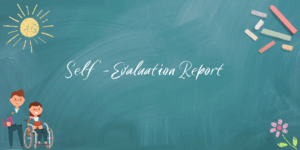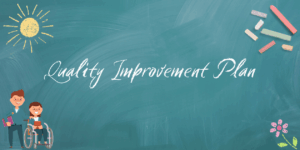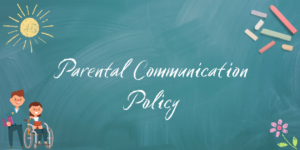All posts by Mrs Verdot
Fairview School Handbook 2025-26
Parental Communication Policy
Standards and Quality Report September 2024
School Fund Certificate 2022/23
Self-Evaluation for session 2023-24

-
Internal Self-Evaluation:Schools conduct their own evaluations using national frameworks, often focused on specific areas like health and wellbeing or learning, teaching, and assessment.
-
External Validation:The process is supported by external scrutiny from the Perth and Kinross Council’s Quality Improvement Officers (QIOs) who review self-evaluations and highlight areas for improvement.
-
Stakeholder Engagement:Self-evaluation involves gathering views from various stakeholders, including:
- Pupils: Through surveys, focus groups, and direct dialogue.
- Parents: Via the Parent Council, surveys, and individual conversations.
- Pupils: Through surveys, focus groups, and direct dialogue.
-
Data Analysis:Schools and the local authority analyze data on attendance, achievement, and attainment to identify areas where performance can be improved.
-
Improvement Planning:The findings from self-evaluation directly inform the development of school improvement plans to ensure continuous progress against local and national priorities.
-
Focus on Quality Assurance:This structured process of evaluation, data analysis, and professional discussion is a key part of the local authority’s broader quality assurance framework.
School Quality Improvement Plan 2024-25

-
Standards and Quality Report:
A review of the school’s progress, performance, and achievements over the previous school year.
-
Improvement Plan:
A forward-looking document that sets clear priorities, actions, and measurable outcomes to drive improvement.
-
Self-Evaluation:
The process involves schools and education services critically analyzing data, performance, and feedback from various stakeholders to identify strengths and areas for development.
-
National Improvement Framework (NIF):
The SQIP is informed by the NIF, which guides the Scottish education system to focus on improving attainment, closing poverty-related attainment gaps, enhancing health and wellbeing, and promoting pathways to successful futures for all children.
-
Alignment:
Plans are structured to address national priorities from the NIF and local or regional goals, ensuring a coherent approach to improvement.
-
Evaluation:
Schools evaluate their performance using evidence and self-evaluation processes.
-
Reporting:
The Standards and Quality Report is created to document these findings and the achievements of the past year.
-
Planning:
Based on the evaluation and reporting, key priorities and improvement actions are identified for the upcoming year.
-
Action:
The Improvement Plan details specific actions, with measurable outcomes, to achieve these priorities.
-
Sharing:The SQIP (or separate documents) is made available to parents and the broader community, as parental involvement is considered crucial for school success.



